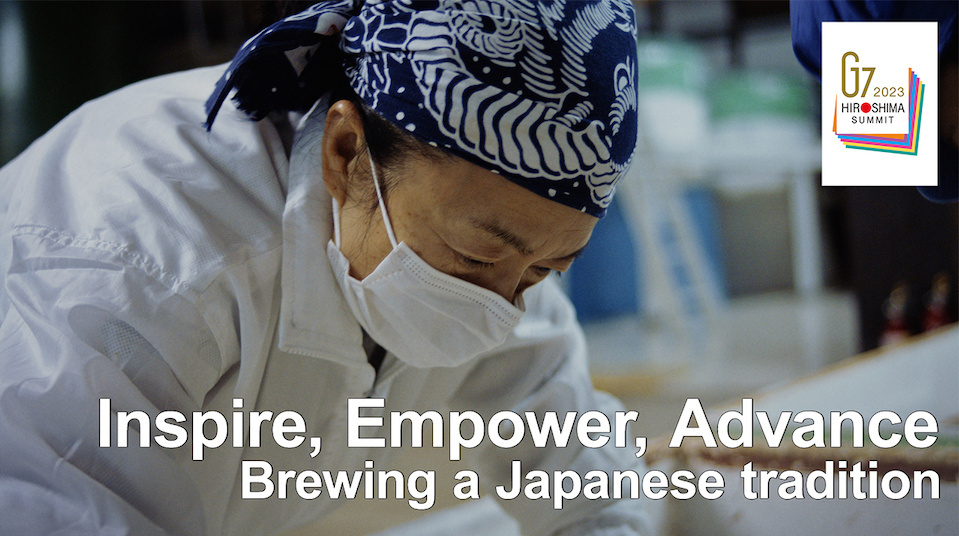A sake brewer in Hiroshima Prefecture, located in western Japan, is capturing the world’s attention. Working out of a small, generations-old brewery, she has created new sake with global appeal. What daring challenge did she take on that catapulted her to success? And how suited is Hiroshima’s climate to producing this aromatic and flavorful sake?
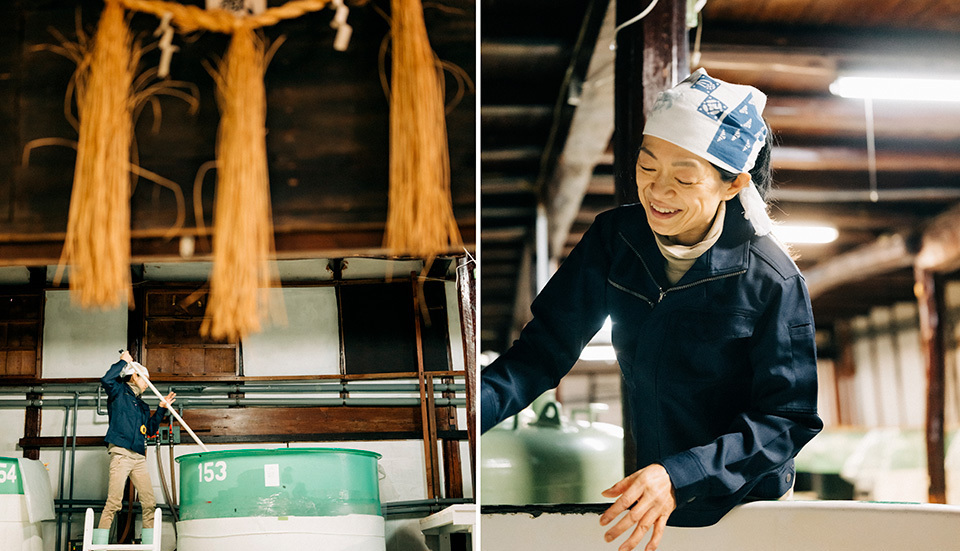
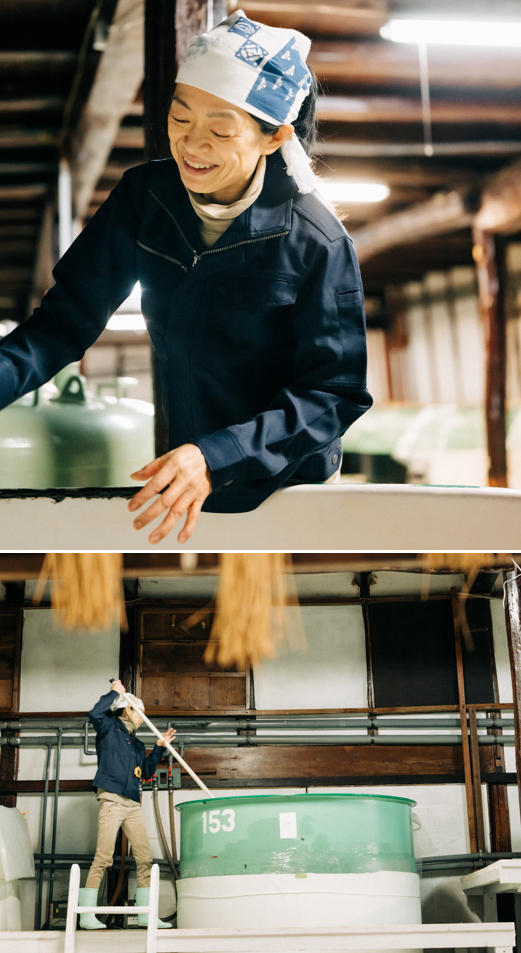
IMADA Miho prepares sake for brewing. It requires attention 24 hours a day because the rice’s temperature and water content affect the sake’s flavor. The entire process is grueling, but Imada says she enjoys it because it puts her in touch with nature’s beauty and there is no correct answer when it comes to sake brewing. MAE KOSUKE
Sake brewing season begins in late September, during the harvest of its main ingredient: rice. From then on, brewers work nonstop through the following May. Producing sake involves working with microbes, so “you have to pay attention 24 hours a day, seven days a week, because you are growing living things.” That’s according to IMADA Miho, president and toji at Imada Sake Brewing Co., Ltd. in the city of Higashi-Hiroshima’s Akitsu-cho area.
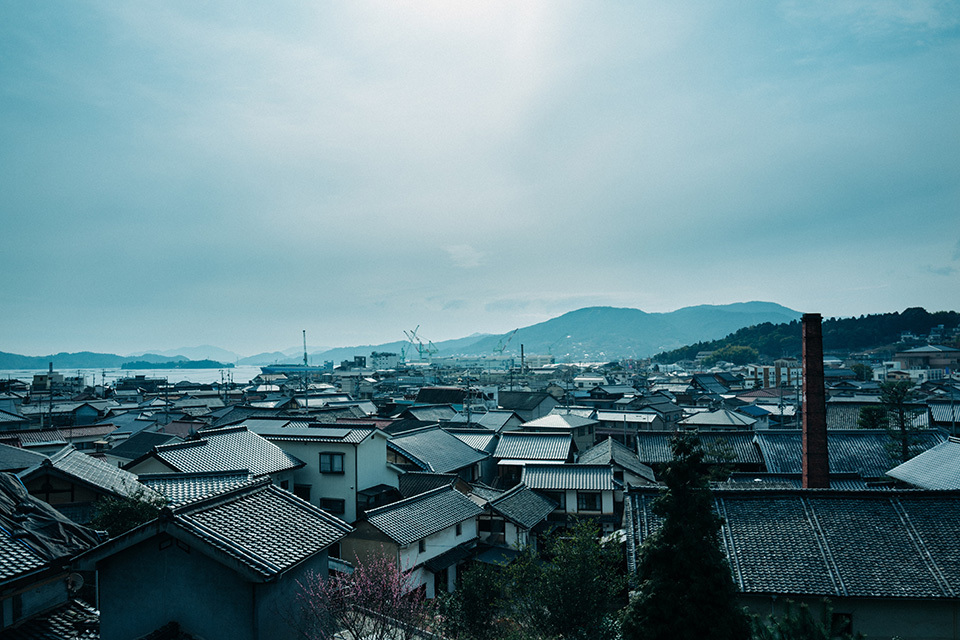
The Akitsu-cho area where Imada Sake Brewing Co., Ltd. is located. It is a small port town facing the Seto Inland Sea. In the 19th century, brewers from this area established a method of producing sake with soft water, which had until then been considered ill-suited to the task. The pioneering spirit and technical skills of craftsmen who created new approaches in the face of adversity, as well as the sophisticated palates of the inhabitants of Akitsu-cho developed by the abundant natural bounty of the local seas and mountains, have improved the flavor of the town’s sake. MAE KOSUKE
The toji, or master brewer, leads the team of brewers and is responsible for all of the brewing processes and the final product. Although Imada was born the eldest daughter of the family that runs Imada Sake Brewing, she initially had no intention of being part of the family business. She went to university in Tokyo, and after graduating, stayed in the city pursuing work in businesses associated with culture. It was a fulfilling life.
However, a turning point for Imada came when, at 33, due to a souring economy, she lost her job. Looking back on that time, she said, “I didn’t want to get married and dedicate myself to someone else because I wanted to be my own boss. When I was considering how I could provide for myself, I thought of trying my hand at the family business.”
When Imada returned to her family home in 1994, regulations on sake brewing were loosening up and new types of brews were being developed at a rapid pace. Her father, the company’s previous president, thought, “We have to change our sake and the way we brew it, otherwise there is no future.” His daughter felt the same way, and became involved in production.
One of the company’s new sake brewing initiatives began in the early 2000s: reviving hattanso, a local variety of Hiroshima brewer’s rice, which had not been cultivated in over a century. The idea was that producing Hiroshima sake from brewer’s rice grown in the local climate, and which no one else was growing, would have high value.
However, bringing back hattanso, which had yet to undergo selective breeding, was quite a challenge. Since it has long stalks with heavy ears, a typhoon could easily knock down and ruin the crop. It also has a low yield per stalk, making it an inefficient variety for production. Furthermore, originally, the rice could not be cultivated at a constant quality, so the brewers could not tell whether the sake they would brew with it would have the authentic flavor. These were problems the brewery struggled with for years.
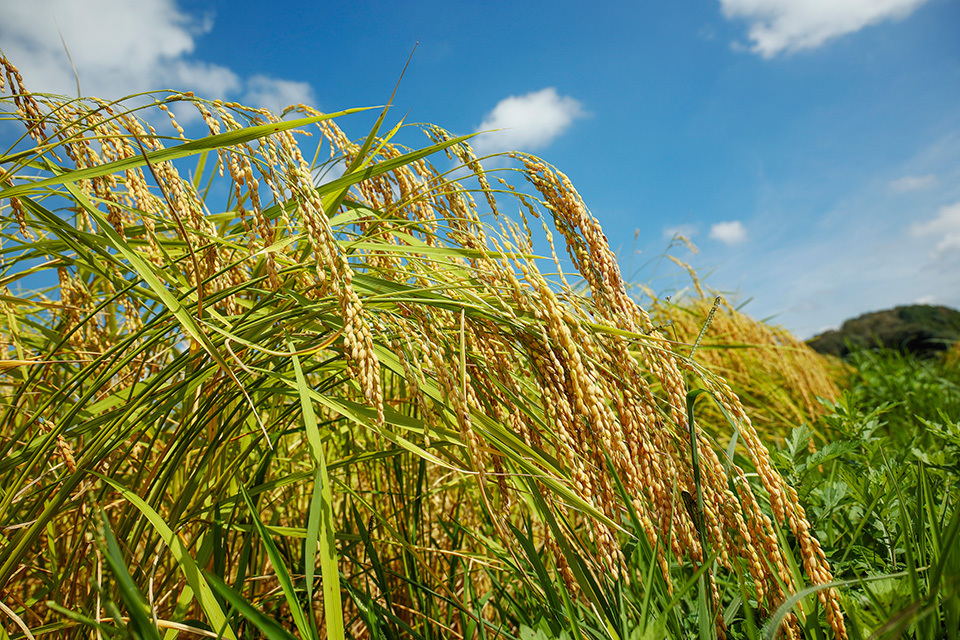
Ears of hattanso, a revived variety of rice. The rice grain’s low water absorption is among the reasons for which it has generally been considered unsuitable for brewing sake, but this is exactly why it results in a uniquely refreshing, dry flavor. MAE KOSUKE
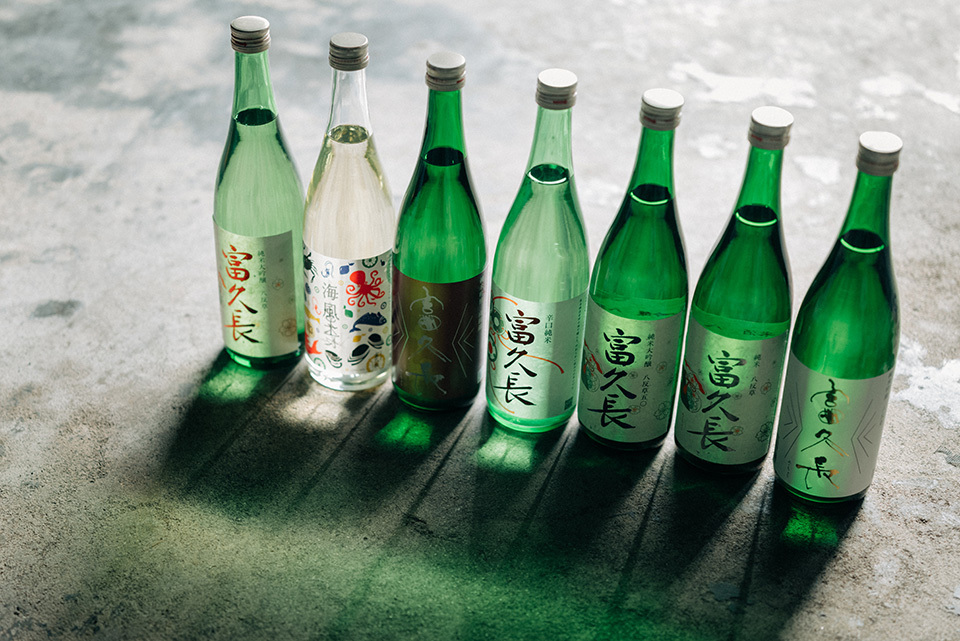
Fukucho, Imada Sake Brewing’s signature brand, is brewed with soft water via a technique created in Hiroshima. Another brand, Seafood—pronounced shiifuudo and using kanji for “sea” (shii), “wind” (fuu), “land” (do)—uses white koji mold that produces plenty of citric acid. It has a lemony flavor that pairs well with Hiroshima’s famous oysters. MAE KOSUKE
So what was their reason for persevering with the cultivation of hattanso? “Because we couldn’t make a good product,” explained Imada. She added, “Quitting without having learned anything about hattanso was not an option.” After much time spent selecting the right koji mold and yeast to bring out the rice’s potential and studying brewing management practices, they finally produced a sake with an acceptable flavor. That was in approximately 2014, 10 years after they had first started growing hattanso.
With the revived hattanso rice, the company produced a brew with the traditional Hiroshima method of ginjo brewing, which employs heavily polished rice grains and brews at a low temperature. They named it Fukucho Hattanso Junmai Ginjo. Classified as junmai (meaning “purely rice” in Japanese) as it is brewed without neutral spirits and only using rice, it has a smooth mouthfeel with plenty of umami flavor, plus a dry aftertaste. In 2017, the sake won the platinum medal in the Junmai category at the Kura Master sake contest in France. It then became the brewery’s flagship product, with orders coming in from around the world. When demand for sake in Japan plummeted during the COVID-19 pandemic, overseas buyers saved the company.

Ears of hattanso, a revived variety of rice. The rice grain’s low water absorption is among the reasons for which it has generally been considered unsuitable for brewing sake, but this is exactly why it results in a uniquely refreshing, dry flavor. MAE KOSUKE

Fukucho, Imada Sake Brewing’s signature brand, is brewed with soft water via a technique created in Hiroshima. Another brand, Seafood—pronounced shiifuudo and using kanji for “sea” (shii), “wind” (fuu), “land” (do)—uses white koji mold that produces plenty of citric acid. It has a lemony flavor that pairs well with Hiroshima’s famous oysters. MAE KOSUKE
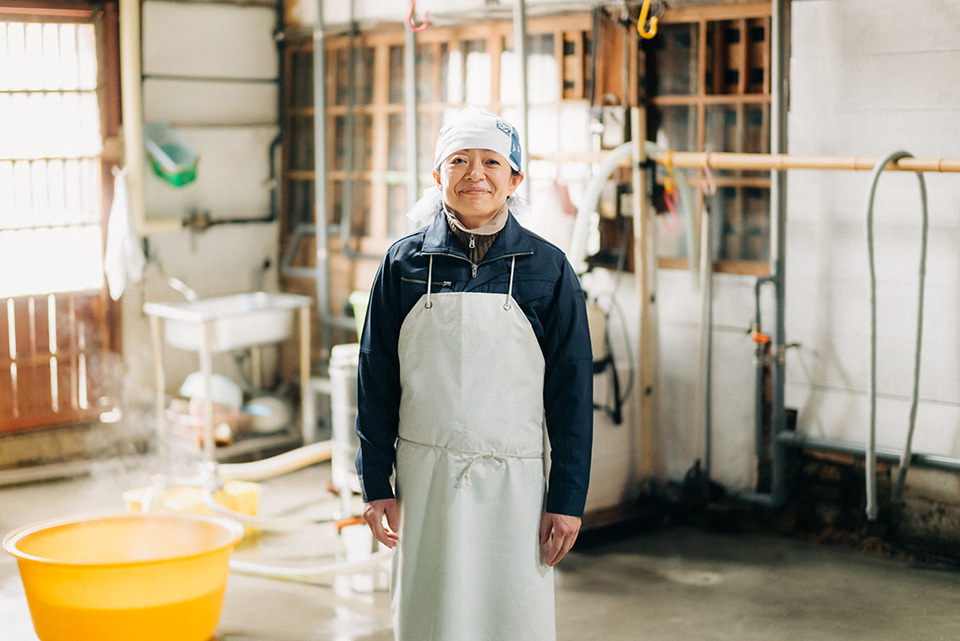
After finishing university, Imada worked in a department store’s culture division and at an association that promotes Noh theater. She started working at Imada Sake Brewing in 1994. In 2020, the BBC selected her as one of the 100 most “inspiring and influential women” around the world—the only Japanese person to make the list. MAE KOSUKE



























